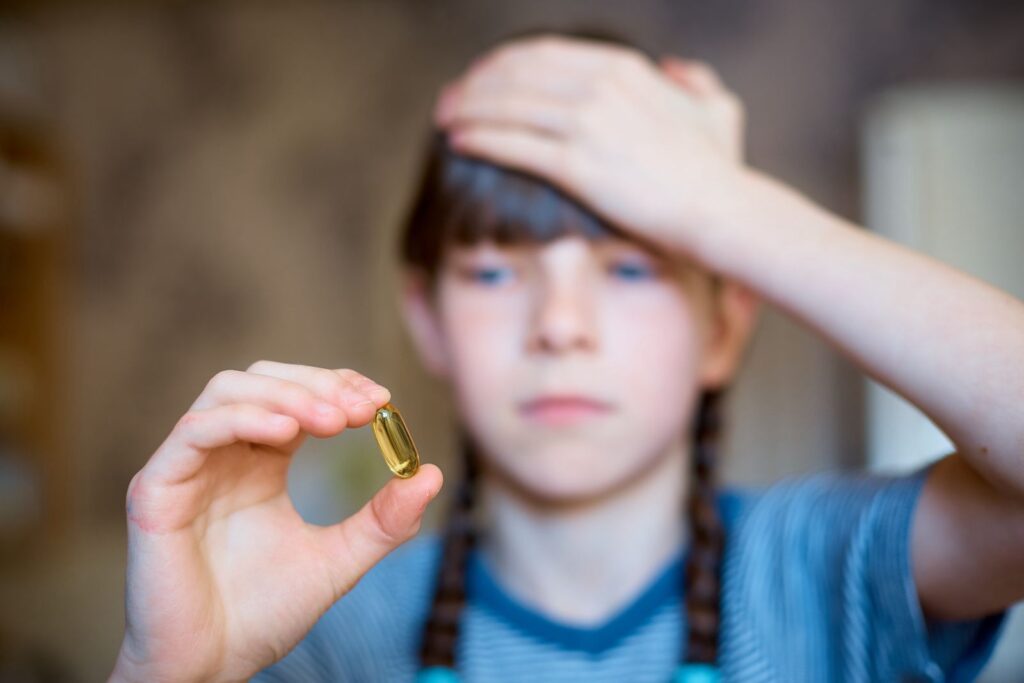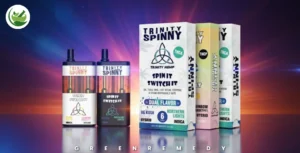
In recent years, medical cannabis has gained significant attention for its potential therapeutic benefits, particularly in the treatment of childhood seizures. Parents of children with epilepsy or other seizure disorders are increasingly exploring the use of medical cannabis as an alternative or complementary option.
In this guide, we’ll delve into the current state of research, legal considerations, and practical tips for using medical cannabis in the management of child seizures.
Read more blog on CBD!
Understanding medical cannabis
Cannabinoids are chemicals found in medical cannabis, which is produced from a plant called Cannabis sativa. Two primary cannabinoids, THC (tetrahydrocannabinol) and CBD (cannabidiol), have been studied for their potential anticonvulsant properties. CBD has gained attention for its ability to reduce seizure frequency and intensity without the psychoactive effects associated with THC.
Research and Evidence
While research on the use of medical cannabis for child seizures is still in its early stages, several studies suggest promising results. The FDA has approved a CBD-based medication called Epidiolex for the treatment of certain types of pediatric epilepsy. Additionally, ongoing research is exploring the potential benefits of other cannabinoids and their synergistic effects in managing seizures.
Legal Considerations
Before considering medical cannabis for a child with seizures, it’s crucial to be aware of the legal landscape. While some jurisdictions have legalized medical cannabis, others may still have strict regulations or consider it illegal. Consult with a healthcare professional and familiarize yourself with local laws to ensure compliance and access to safe, regulated products.
Consulting with healthcare professionals
The decision to use medical cannabis for child seizures should be made in consultation with healthcare professionals, including pediatricians and neurologists specializing in epilepsy. These experts can provide guidance on appropriate dosages, potential interactions with other medications, and monitoring the child’s progress.
Choosing the right product
When considering medical cannabis, it’s essential to choose the right product. Opt for products with a higher CBD-to-THC ratio, as CBD is associated with anticonvulsant effects without the psychoactive properties of THC. Select products from reputable sources, ensuring they undergo rigorous testing for quality and purity.
Dosage and Administration
Determining the right dosage is crucial for effective seizure management. Start with a low dose and gradually increase it while closely monitoring the child’s response. Medical cannabis is available in various forms, including oils, capsules, and edibles. The chosen method of administration should align with the child’s preferences and medical needs.
Monitoring and Adjusting
Regular monitoring is essential to assess the impact of medical cannabis on seizure frequency and overall well-being. Keep a detailed journal documenting the dosage, administration method, and any changes in seizure activity. Share this information with healthcare professionals, who can help adjust the treatment plan as needed.
Read more about Cannabis for Intractable Epilepsy in Childhood
Conclusion
While the use of medical CBD for child seizures shows promise, it’s crucial to approach it with caution and under the guidance of healthcare professionals. Stay informed about legal considerations, choose reputable products, and monitor the child’s response closely. As research continues to unfold, medical cannabis may emerge as a valuable tool in the management of childhood seizures, offering hope to families seeking alternative and effective treatment options.






